Exploring The Palmer River Goldfields
The Palmer! The name alone conjures up images of rough men isolated in an even rougher environment - seeking their fortunes far from home often only to find deprivation, misery and sometimes cruel and violent deaths. In the 1800's for a short period, Australia's Palmer River Goldfields were home to perhaps 35,000 people from all over the globe. Germany, America, England, New Zealand, China and beyond gave up their sons for the promise of riches and adventure.
One man, James 'Venture' Mulligan - is a true 'Palmer' legend, and it was he (along with a few others), who was responsible for the eventual 'opening up' of Far North Queensland.
Mulligan (1837 - 1907), was an Irishman who immigrated to Australia, arriving in Melbourne on the 10 June 1860. After a time he moved north to QLD which had become a state on the 6th June 1859 - but by all accounts was virtually bankrupt and the govt of the day was offering rewards to anyone who would or could discover payable gold or other minerals
In 1872 English explorer William Hann (1837 - 1889) found the first indications of the Palmer River goldfield. Unfortunately for Hann, he underestimated the quantity of gold to be had, paving the way for Mulligan, who in 1875 claimed the discovery and the subsequent £1000 Govt reward. On the 5th of April 1889 Hann died by drowning in Townsville aged 52yrs, (there is conjecture that he may have committed suicide - but no real evidence).
Mulligan continued to explore and with the backing of the Govt (the one and only time he was paid in advance for his efforts), crossed the Herberton Range and discovered tin in the Wild River. Gold being scarce. On the 23rd of October he left Cooktown - returning on the 13th of March 1876 with sufficient amounts to stimulate the Hodgkinson gold rush.
Mulligan kept a journal which he published in Brisbane in 1885 (ten years after his initial Palmer discovery), he sold this as a guide
Originally called Edwardstown, after Jack Edwards, a drover/butcher (an important and respected job as fresh meat of any substance was scarce - and many miners starved due to poor provisioning).
In 1874-75 the burgeoning mining town was renamed Maytown either by the local warden Phillip Sellheim - or by A.C Macmillan the Palmer River region’s surveyor, who surveyed the town and then named it for his daughter.
Whoever renamed it and after whom was irrelevant to Mulligan, he would never call it 'Maytown'.
As is clear from Mulligans journal entries - relationships between the indigenous peoples of the area and the explorers, miners and subsequent settlers they came into contact with were riven with misunderstanding and ignorance.
This often lead to conflict and bloody violence.
Mulligan was a man of his time - the overt racism he displays when discussing the "Blacks" is sometimes offset by his obvious admiration for their skill and resourcefulness. Quoting directly from his journal, (and other sources) it's tempting to sanitise some of the quotes in this post to make them more palatable, I've decided not to.
In part because whilst history is indeed written by the victors, these days it is often re-written by those with agendas and interests that are far removed from any pretence at historical accuracy. But also because I think it's important to respect the past - even the ugly, distasteful bits, (in fact - maybe especially those bits eh?).
The quotes and exerts used are not intended to offend - they should be viewed for what they are; descriptions of events at a time when an ancient continent and culture was clashing with the desire for expansion and wealth by other peoples, who for better or worse, were determined to carve a new life in distant lands.
On with the post ...
After more discoveries, Mulligan eventually married and settled at Mt Molloy, where on the On 23rd of August 1907 - he was 'accidentally' killed in his own hotel.
Some say he was protecting a woman who was being attacked by a rogue - while others insist it was a brawl, and he was fatally injured while trying to break it up
A slightly ignominious end to an extraordinary life, eh?.
If you're interested in the Palmer, and its history - it won't be long before someone directs your attention to a book called "River Of Gold" by Hector Holthouse. It's a brilliant and thrilling read - packed with tales of riches and woe ...
However, at least one person on wiki has this to say about his work
How anyone could know what is fact or fiction based on reading the book is beyond me - but I like the book, so I'm biased and it is a no holds barred kind of look at the Palmer gold rush of the 1870's
The book is a touchstone to a place in time that can never be re-visited, and it ignited in me a desire to head into the Palmer myself for a bit of a look, with some wildlife bothering along the way ... of course.
A couple of weeks ago I got my chance and after loading up the 4WD with some essentials (water/food/beer/Jo), we headed west(ish).
The Palmer gold fields are shrouded in myth, half-truths and legend. Even recently a fellow who had been causing all sorts of hell by spiking roads and generally being a bit of a mongrel was charged with murder.
So it was with tingly anticipation that we climbed the range - deciding to take a bit of a detour to visit Mulligans grave at Mt Molloy and pay our respects. The main road from Molloy to the turn-off to Maytown was paved in 2005, so aside from the odd cattle beast taking a nap on a blind corner or a Roo attempting to give the bull-bar a test - it's a cruisy pleasant drive.
The turn-off to Maytown is well signed, and after ensuring the fuel tanks were full(ish) and the bladders were empty we struck out for places unknown (by us anyway).
It's a buzz being on a gravel road wondering what each corner will bring - the scenery is humbling - overwhelming due to it's sheer vastness ... love it.
After maybe an hour and a half we got to the turn off to Dog Leg crossing - the river was bone dry and the heat was reaching into my open window ruffling my shirt - it was gonna be a good trip - I just knew it.
We shuffled around here and there checking out the mines and ruins, slowly making our way to Maytown proper - for the most part it's well sign posted and cruising around was fairly easy ... The rocky terrain is one to keep an eye on though, a torn sidewall is never any fun.
And with it being the end of the tourist season, some of the tracks were average. Then again, I have no idea if they're maintained or not to be honest ...
Eventually we made it to Maytown and stopped to have a good look around.
We wandered for a bit pointing out bits and pieces to each other when we came across this unflappable chap who I snapped:
Maytown is an interesting place. Sadly the only freestanding structure is a re-creation, complete with a 'guest-book' - but you get the idea.
The most incongruous site for me, was the remains of the QLD School Of Performing Arts.
The original kerb and channel is still visible - and there's a sign informing people that what they are looking for is between the stones, not under them - so don't go buggering about with the stones eh? (I added that last bit).
Heading out of Maytown we turned and went to the cemetery - at this time of year (the end of the dry season), it's a bleak and mournful kind of place.
But like most cemetery's it's also strangely peaceful and consoling - Jo and I went our separate ways, both of us just thinking our thoughts I guess.
There is one modern grave - but for the most part (and for a 'young' country), they're relatively old.
The number of tiny children's graves is testament to the hard lives people endured - most don't have gravestones.
Short lives, not remembered - it's sobering stuff.
The two markers wired to the head-stone denote that two people are buried there. For myself, having lost a young brother, my hope is that they're best mates still.
Our respects paid and feelings felt, we moved on - deeper into the 'Palmer'. Various tracks and cuttings popped up - some signed, others less so. Not wanting to be a footnote on the evening news, we chose to stay on the beaten path and checked out some more mines.
The overall feeling is one of astonishment. I work outdoors, I know what a day in the tropical sun doing manual labour really takes. How the hell they got some of the equipment into the Palmer simply staggers the imagination and would probably make a horse lover feel decidedly ill.
Eventually, a little jaded, we headed off to find camp. We had registered online, dutifully paying our $42.00 fee (to the QLD state Govt).
After a bit of faffing we decided that where we had gotten too had to be the right spot and set up the tent, checked the beer for chilliness - pulled out some horrifically cheap 'camping' chairs (which would come in handy if you know some-one in need of thrombosis), and settled in.
It happened to be my birthday, so after organising a small fire and once again checking the beer for consumption suitability (by drinking it), we started to unwind and really soak up the place.
As dusk fell, a plethora of birds grumbled and cranked at each other as they settled pecking order disputes, roosting in the trees around us.
The dry river bed seemed to sigh with the setting sun and the radiant heat of the day surrounded us as we watched a micro-bat hunt for insects attracted to the light of our small fire. The night got darker (as they are wont to do), and the stars began to shine with that fierce brightness only seen well away from light pollution - all was perfect.
Right up until, mid conversation - Jo spied a dull orange head torch, slipping through the trees on a low hill directly behind, and above us (presumably, a person was driving it).
Now I'm a peace loving sort of a cat, live and let stupid is my motto - but there are times when it's appropriate to just confront things head on - being isolated, in a strange place and responsible for the safety and well-being of the person who means everything to you - is one of those times.
I shone my torch up the hill to give me some idea of where I was going, turned the light off and headed up - after one heavy fall, slightly embarrassed, bleeding and a touch cross, I got to the top - no one was there, the bush was silent ... we didn't see another person for the rest of our time there.
So who knows, curious miner - lonely pervert ... it doesn't matter. If you want to say G'day to people camping, do it during the day - or not at all eh?.
The next day, using two of the three remaining puddles of water at our disposal on the North Palmer, we panned for gold - (we obtained a licence to do so from the QLD Govt at a combined cost of $30.00 for one month). I've panned for gold in N.Z - it's something I really enjoy - and yes, even in this well worked over area, we found some - a tiny amount to be sure, but enough to make it fun ... the real treasure was to come a little later:
For the second night, I again lit a small fire and sat back - imagining the men who have come and gone from that place. The effort, the sacrifice - in the calm of the night I swear you can still hear picks being swung and arguments settled - it's a bit of magic - it really is ...
Jo interrupted my private history doco, by saying we should head out and have a bit of a look - told you she's awesome. Anyway, I gathered up Jo's old battle scarred canon (sorry Jo), and we did just that, what follows is the pictorial result of what we found:
The ground all around us was blanketed with spiders, some the size of my palm - Wolf spiders! ... absolutely beautiful.
The female emerging from her burrow was very cranky - but with an abdomen swarming with babies, it's understandable.
In dull torchlight, their eyes shine purple-blue. It's like having a blanket of stars at your feet.
The frogs were a surprise - but upon reflection, with such a small amount of water left in such a large area, it makes complete sense - water means wildlife right?
The snake is a Keelback. Jo spied her hunting in the water and I took the pic - sadly there was no dearth of Cane Toads to sate her appetite. Which got me thinking, but we'll talk about that in another post.
Along with a dry pounding heat, the day brought its own visitors ...
Funnily enough - of all the critters we spied, one of my favourites were these banded cockroaches (Cosmozosteria bicolor). During the hottest part of the day they suddenly appeared - scuttling around and bringing flashes of flame like colour to an otherwise drab vista.
They are diurnal - unusual for most roaches. And for at least one of their number being out and about at lunch time was to spell disaster at the 'hands' of a butcher bird...
The Palmer is a place that should you get the chance, I would highly recommend you visit.
However, timing is the key - during the wet it's sometimes impassable and there is an excellent chance of being stranded by flooding should you get in there in the first place.
Conversely, at the height of the dry, it's damned hot and water is scarce - so bring plenty.
We are reliably informed that the most 'comfortable' time of year is May-June, (hence Maytown right?), but this of course means you will probably be sharing the place with others.
If you're cool with that, then great - but it'd be my idea of hell ...
There is no question that I'll be heading back myself, as I've barely scratched the surface (slight pun intended).
For now though, I'd like to leave the last word to Mulligan ...
The pics, along with any mistakes are mine ... cheers for stopping by,
Take care - Paul
One man, James 'Venture' Mulligan - is a true 'Palmer' legend, and it was he (along with a few others), who was responsible for the eventual 'opening up' of Far North Queensland.
Mulligan (1837 - 1907), was an Irishman who immigrated to Australia, arriving in Melbourne on the 10 June 1860. After a time he moved north to QLD which had become a state on the 6th June 1859 - but by all accounts was virtually bankrupt and the govt of the day was offering rewards to anyone who would or could discover payable gold or other minerals
In 1872 English explorer William Hann (1837 - 1889) found the first indications of the Palmer River goldfield. Unfortunately for Hann, he underestimated the quantity of gold to be had, paving the way for Mulligan, who in 1875 claimed the discovery and the subsequent £1000 Govt reward. On the 5th of April 1889 Hann died by drowning in Townsville aged 52yrs, (there is conjecture that he may have committed suicide - but no real evidence).
Mulligan continued to explore and with the backing of the Govt (the one and only time he was paid in advance for his efforts), crossed the Herberton Range and discovered tin in the Wild River. Gold being scarce. On the 23rd of October he left Cooktown - returning on the 13th of March 1876 with sufficient amounts to stimulate the Hodgkinson gold rush.
Mulligan kept a journal which he published in Brisbane in 1885 (ten years after his initial Palmer discovery), he sold this as a guide
Cooktown to the Palmer through Hells Gate
Normandby, to Sandy Creek - 16mi
Santly Creek to Laura - 18mi
Laura to Hell’s Gates - 17mi
Hell’s Gates to Kennedy Creek - 18mi
Kennedy Creek to Left-hand Branch - 12mi
Down the Left-hand Branch, and over to Edwardstown - 18mi
Palmerville can be reached by the dray road from Cooktown in 136 miles.
As a matter of course all this is by dead reckoning. The roads are good, considering the nature and condition of the place. There is plenty of water at easy stages.
Originally called Edwardstown, after Jack Edwards, a drover/butcher (an important and respected job as fresh meat of any substance was scarce - and many miners starved due to poor provisioning).
In 1874-75 the burgeoning mining town was renamed Maytown either by the local warden Phillip Sellheim - or by A.C Macmillan the Palmer River region’s surveyor, who surveyed the town and then named it for his daughter.
Whoever renamed it and after whom was irrelevant to Mulligan, he would never call it 'Maytown'.
May 27.
After two days’ prospecting downwards were attacked by the blacks. After being three times repulsed, they made a furious rush at us as we were leaving the camp.
I never saw blacks so determined. The long grass, scrub, and high ridges were greatly in their favor. Three of us got marked by them. They will, however, for the future, know the effect of the rifle in that locality.
June 28
Proceed further five miles over well grassed and well watered country; not at all good travelling, owing to there being so many creeks and gullies—no sooner out of one than into another.
All contain water.
July 9th
After adjusting our horses’ shoes, two of my mates having returned with beef from Edwardstown, being now replete with everything necessary, we leave these high lands; It is too cold at night for the horses, being within about two miles of the divide of the Palmer and Mitchell waters; we can now put up with an extra blanket. High, cold winds continually blow at night here.
I have ascertained that all the branches on Sandy Creek are now occupied by people too late for Oaky Creek; they are in most cases getting good gold. What a change in this place since this day last year, when my mates and self prospected Sandy Creek for three miles - getting a fair show of fine gold, and recommended its being prospected higher up.
In the Queenslander of 28th Feb 1874, I asserted, during a prospecting trip towards the then supposed Mitchell mountains, that payable gold would be got in places in that direction. It is satisfactory now to know that these assertions are being borne out in reality
Aug 12 – 24th
Our stock of rations is now getting exhausted. The fish will not bite all this last moon, and the birds are scarce and hard to kill; so we are glad to get under weigh for the Etheridge, carrying with us 102 ozs. gold, besides a few ounces of specimens.
A turkey brought down by the rifle, and a kangaroo brought into camp by one of the dogs two days ago, were acceptable ...
As is clear from Mulligans journal entries - relationships between the indigenous peoples of the area and the explorers, miners and subsequent settlers they came into contact with were riven with misunderstanding and ignorance.
This often lead to conflict and bloody violence.
Mulligan was a man of his time - the overt racism he displays when discussing the "Blacks" is sometimes offset by his obvious admiration for their skill and resourcefulness. Quoting directly from his journal, (and other sources) it's tempting to sanitise some of the quotes in this post to make them more palatable, I've decided not to.
In part because whilst history is indeed written by the victors, these days it is often re-written by those with agendas and interests that are far removed from any pretence at historical accuracy. But also because I think it's important to respect the past - even the ugly, distasteful bits, (in fact - maybe especially those bits eh?).
The quotes and exerts used are not intended to offend - they should be viewed for what they are; descriptions of events at a time when an ancient continent and culture was clashing with the desire for expansion and wealth by other peoples, who for better or worse, were determined to carve a new life in distant lands.
On with the post ...
After more discoveries, Mulligan eventually married and settled at Mt Molloy, where on the On 23rd of August 1907 - he was 'accidentally' killed in his own hotel.
Some say he was protecting a woman who was being attacked by a rogue - while others insist it was a brawl, and he was fatally injured while trying to break it up
A slightly ignominious end to an extraordinary life, eh?.
 |
Mulligans grave - Mt Molloy FNQ |
If you're interested in the Palmer, and its history - it won't be long before someone directs your attention to a book called "River Of Gold" by Hector Holthouse. It's a brilliant and thrilling read - packed with tales of riches and woe ...
The Wild Days of the Palmer River Gold Rush What with cannibal blacks, pig-tailed Chinamen in thousands, lynch-law hangings, gambling dens, shanty towns, murders, grog-shops and Italian opera singers, the Palmer River Goldfields - properly spun out - should provide enough television material for general exhibition for the next ten years.
This one book, River of Gold, could easily be used as the jumping-off ground for the lot. Read it with Hector Holthouse; he will be your guide; he has loved every minute of it, and so will you
- Canberra Times
However, at least one person on wiki has this to say about his work
The style of the books is colourful and readable, but they are not all well-researched. Holthouse's early works such as River of Gold and Cannibal Cargoes contain much material taken from sensational newspaper stories, and some which is simply invented.
They should not be relied upon as historical accounts ...
How anyone could know what is fact or fiction based on reading the book is beyond me - but I like the book, so I'm biased and it is a no holds barred kind of look at the Palmer gold rush of the 1870's
... Hughy Macquarie and his younger brother Don had given up shearing in the hope of making enough by packing on the Palmer to buy themselves a farm in Tasmania, where they came from, but Dons health had not stood up to the life, and Hughey was taking him back to the coast. On the way they were pounced on from behind rocks and knocked senseless before they could put up a fight.
When Hughey came round Don was dead and the blacks were getting his body ready for roasting.
To make sure that Hughey gave them no trouble they hacked off his legs at the knees and left him lying in agony while they went on with the feast.
Hughey lived long enough to leave a record of what happened. On his belt he wore a tin pannikin, and with the last of his strength, almost unconscious with agony, he found a sharp chip of rock and used it to scratch into the tin the few words that told the grim story.
"It was said the blacks preferred Chinese for eating purposes because their rice-fed flesh tasted better than the salty flesh of the beef-fed whites".
- Holthouse, HH, 1967. River Of Gold. 1st ed. Australia: Angus and Robertson.
The book is a touchstone to a place in time that can never be re-visited, and it ignited in me a desire to head into the Palmer myself for a bit of a look, with some wildlife bothering along the way ... of course.
A couple of weeks ago I got my chance and after loading up the 4WD with some essentials (water/food/beer/Jo), we headed west(ish).
The Palmer gold fields are shrouded in myth, half-truths and legend. Even recently a fellow who had been causing all sorts of hell by spiking roads and generally being a bit of a mongrel was charged with murder.
So it was with tingly anticipation that we climbed the range - deciding to take a bit of a detour to visit Mulligans grave at Mt Molloy and pay our respects. The main road from Molloy to the turn-off to Maytown was paved in 2005, so aside from the odd cattle beast taking a nap on a blind corner or a Roo attempting to give the bull-bar a test - it's a cruisy pleasant drive.
The turn-off to Maytown is well signed, and after ensuring the fuel tanks were full(ish) and the bladders were empty we struck out for places unknown (by us anyway).
It's a buzz being on a gravel road wondering what each corner will bring - the scenery is humbling - overwhelming due to it's sheer vastness ... love it.
 |
The road leading to the Palmer below |
 |
BONES indeed ... |
 |
Adam's Dam ... and me without my fishing rod ... DAM! |
After maybe an hour and a half we got to the turn off to Dog Leg crossing - the river was bone dry and the heat was reaching into my open window ruffling my shirt - it was gonna be a good trip - I just knew it.
 |
Queen Of The North Mine |
 |
Open vertical mine shaft ... so safety first right kids? |
We shuffled around here and there checking out the mines and ruins, slowly making our way to Maytown proper - for the most part it's well sign posted and cruising around was fairly easy ... The rocky terrain is one to keep an eye on though, a torn sidewall is never any fun.
And with it being the end of the tourist season, some of the tracks were average. Then again, I have no idea if they're maintained or not to be honest ...
Eventually we made it to Maytown and stopped to have a good look around.
We wandered for a bit pointing out bits and pieces to each other when we came across this unflappable chap who I snapped:
 |
Happily perched in the heat of the day - Maytown's last resident |
 |
Eastern Two-lined Dragon (Diporiphora australis) |
Maytown is an interesting place. Sadly the only freestanding structure is a re-creation, complete with a 'guest-book' - but you get the idea.
 |
The inside is filled with bits and pieces people have collected in the town |
The most incongruous site for me, was the remains of the QLD School Of Performing Arts.
 |
Is this what they mean by 'Drama on the Palmer'? |
The original kerb and channel is still visible - and there's a sign informing people that what they are looking for is between the stones, not under them - so don't go buggering about with the stones eh? (I added that last bit).
 |
I hand cut/broke stone in a quarry for a while - I can really appreciate this - even if it's uncut |
Heading out of Maytown we turned and went to the cemetery - at this time of year (the end of the dry season), it's a bleak and mournful kind of place.
But like most cemetery's it's also strangely peaceful and consoling - Jo and I went our separate ways, both of us just thinking our thoughts I guess.
There is one modern grave - but for the most part (and for a 'young' country), they're relatively old.
The number of tiny children's graves is testament to the hard lives people endured - most don't have gravestones.
Short lives, not remembered - it's sobering stuff.
 |
Brother and best friend |
The two markers wired to the head-stone denote that two people are buried there. For myself, having lost a young brother, my hope is that they're best mates still.
 |
A register of these graves no doubt exists |
Our respects paid and feelings felt, we moved on - deeper into the 'Palmer'. Various tracks and cuttings popped up - some signed, others less so. Not wanting to be a footnote on the evening news, we chose to stay on the beaten path and checked out some more mines.
The overall feeling is one of astonishment. I work outdoors, I know what a day in the tropical sun doing manual labour really takes. How the hell they got some of the equipment into the Palmer simply staggers the imagination and would probably make a horse lover feel decidedly ill.
 |
In an effort to convey some sense of scale - that's my jandel on the wheel - Ida Mine |
 |
Mabel Louise Workings |
 |
Comet Mine |
Eventually, a little jaded, we headed off to find camp. We had registered online, dutifully paying our $42.00 fee (to the QLD state Govt).
After a bit of faffing we decided that where we had gotten too had to be the right spot and set up the tent, checked the beer for chilliness - pulled out some horrifically cheap 'camping' chairs (which would come in handy if you know some-one in need of thrombosis), and settled in.
It happened to be my birthday, so after organising a small fire and once again checking the beer for consumption suitability (by drinking it), we started to unwind and really soak up the place.
As dusk fell, a plethora of birds grumbled and cranked at each other as they settled pecking order disputes, roosting in the trees around us.
The dry river bed seemed to sigh with the setting sun and the radiant heat of the day surrounded us as we watched a micro-bat hunt for insects attracted to the light of our small fire. The night got darker (as they are wont to do), and the stars began to shine with that fierce brightness only seen well away from light pollution - all was perfect.
Right up until, mid conversation - Jo spied a dull orange head torch, slipping through the trees on a low hill directly behind, and above us (presumably, a person was driving it).
Now I'm a peace loving sort of a cat, live and let stupid is my motto - but there are times when it's appropriate to just confront things head on - being isolated, in a strange place and responsible for the safety and well-being of the person who means everything to you - is one of those times.
I shone my torch up the hill to give me some idea of where I was going, turned the light off and headed up - after one heavy fall, slightly embarrassed, bleeding and a touch cross, I got to the top - no one was there, the bush was silent ... we didn't see another person for the rest of our time there.
So who knows, curious miner - lonely pervert ... it doesn't matter. If you want to say G'day to people camping, do it during the day - or not at all eh?.
The next day, using two of the three remaining puddles of water at our disposal on the North Palmer, we panned for gold - (we obtained a licence to do so from the QLD Govt at a combined cost of $30.00 for one month). I've panned for gold in N.Z - it's something I really enjoy - and yes, even in this well worked over area, we found some - a tiny amount to be sure, but enough to make it fun ... the real treasure was to come a little later:
For the second night, I again lit a small fire and sat back - imagining the men who have come and gone from that place. The effort, the sacrifice - in the calm of the night I swear you can still hear picks being swung and arguments settled - it's a bit of magic - it really is ...
Jo interrupted my private history doco, by saying we should head out and have a bit of a look - told you she's awesome. Anyway, I gathered up Jo's old battle scarred canon (sorry Jo), and we did just that, what follows is the pictorial result of what we found:
 |
Bumpy rocket frog? |
 |
We were amazed at the diversity |
 |
Each shot is a different individual |
 |
Some the same species |
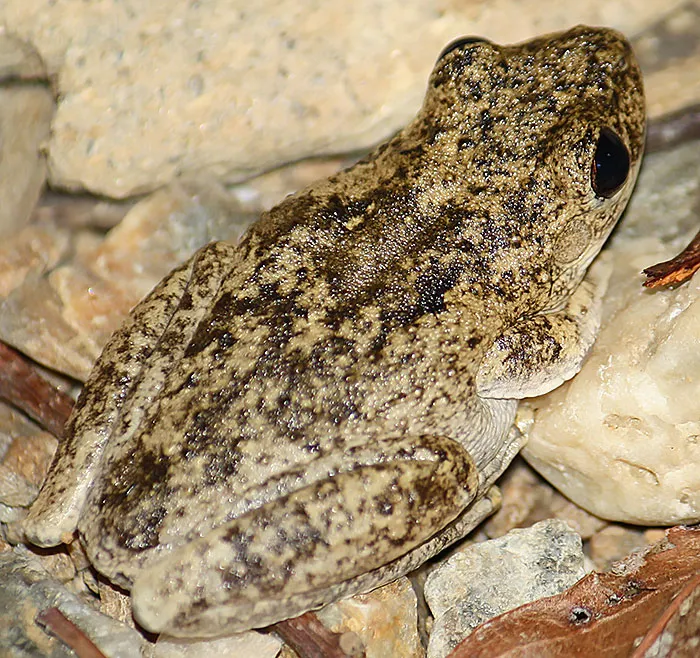 |
Others not |
 |
But we enjoyed seeing every single one |
 |
Yup - you too buddy |
 |
Wolf spider |
 |
This one at the water's edge (with young) |
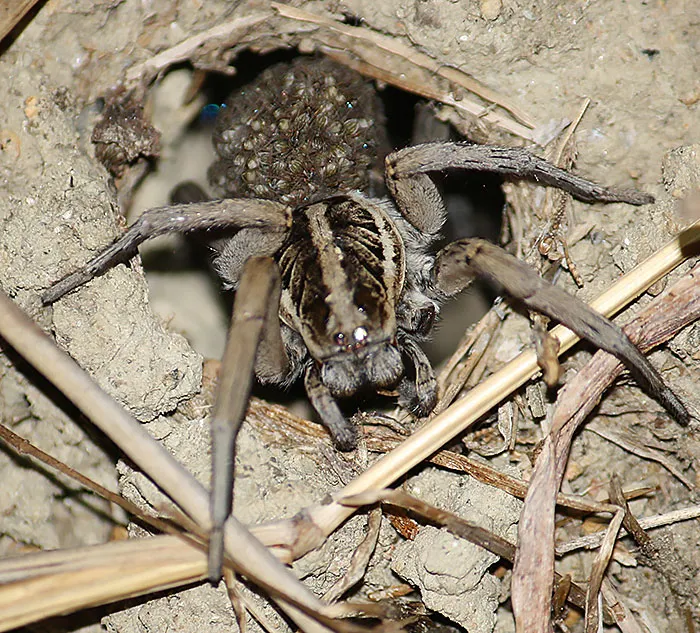 |
Again with young - leaving her burrow |
 |
Keelback (non-venomous) |
The ground all around us was blanketed with spiders, some the size of my palm - Wolf spiders! ... absolutely beautiful.
The female emerging from her burrow was very cranky - but with an abdomen swarming with babies, it's understandable.
In dull torchlight, their eyes shine purple-blue. It's like having a blanket of stars at your feet.
The frogs were a surprise - but upon reflection, with such a small amount of water left in such a large area, it makes complete sense - water means wildlife right?
The snake is a Keelback. Jo spied her hunting in the water and I took the pic - sadly there was no dearth of Cane Toads to sate her appetite. Which got me thinking, but we'll talk about that in another post.
Along with a dry pounding heat, the day brought its own visitors ...
 |
Skink on patrol |
 |
Kite - scanning its domain |
 |
Yup - I think blue and purple are your colours too |
 |
Another handsome skink |
Funnily enough - of all the critters we spied, one of my favourites were these banded cockroaches (Cosmozosteria bicolor). During the hottest part of the day they suddenly appeared - scuttling around and bringing flashes of flame like colour to an otherwise drab vista.
 |
Day loving cockroach |
 |
(Cosmozosteria bicolor) |
 |
You can see why their common name is Banded cockroach |
They are diurnal - unusual for most roaches. And for at least one of their number being out and about at lunch time was to spell disaster at the 'hands' of a butcher bird...
 |
But to the Butcher bird - they're just food |
The Palmer is a place that should you get the chance, I would highly recommend you visit.
However, timing is the key - during the wet it's sometimes impassable and there is an excellent chance of being stranded by flooding should you get in there in the first place.
Conversely, at the height of the dry, it's damned hot and water is scarce - so bring plenty.
We are reliably informed that the most 'comfortable' time of year is May-June, (hence Maytown right?), but this of course means you will probably be sharing the place with others.
If you're cool with that, then great - but it'd be my idea of hell ...
There is no question that I'll be heading back myself, as I've barely scratched the surface (slight pun intended).
For now though, I'd like to leave the last word to Mulligan ...
The pics, along with any mistakes are mine ... cheers for stopping by,
Take care - Paul
To me it is a pleasure to traverse and gaze on new country where none ever trod before.
Every step discloses new scenes and fresh discoveries.
The fascination, as well as the charm, is broken once I return to ground travelled before.
~ James Mulligan
Every step discloses new scenes and fresh discoveries.
The fascination, as well as the charm, is broken once I return to ground travelled before.
~ James Mulligan
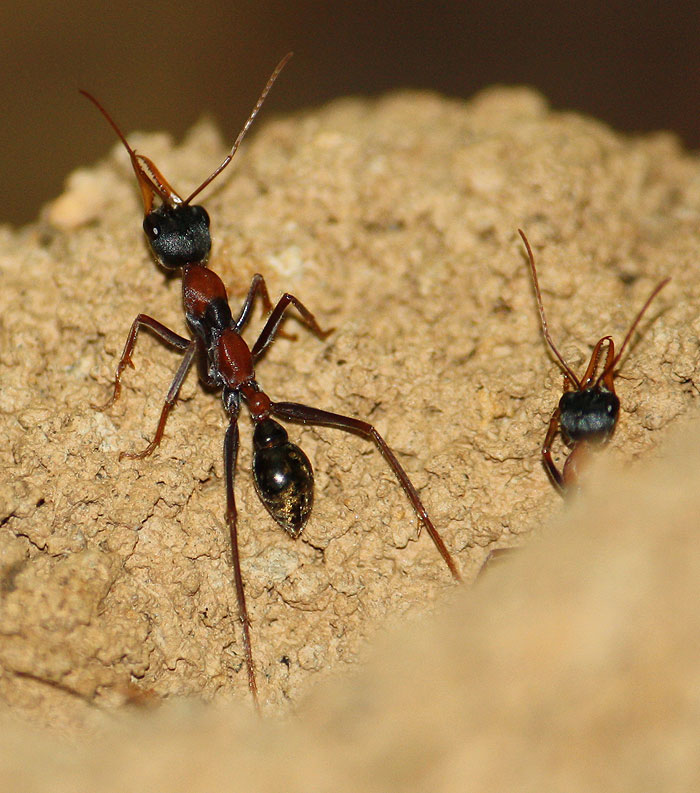
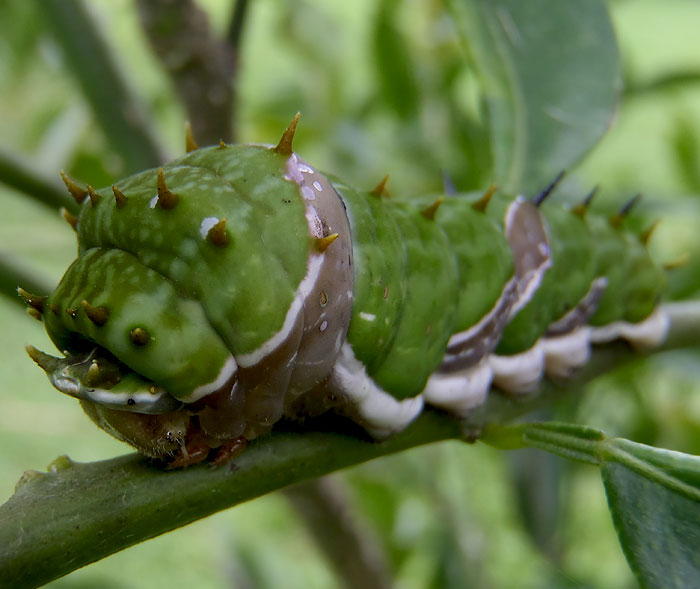
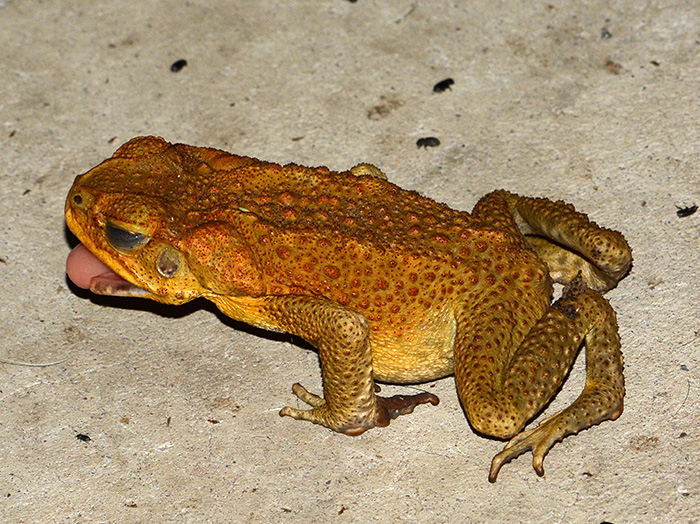
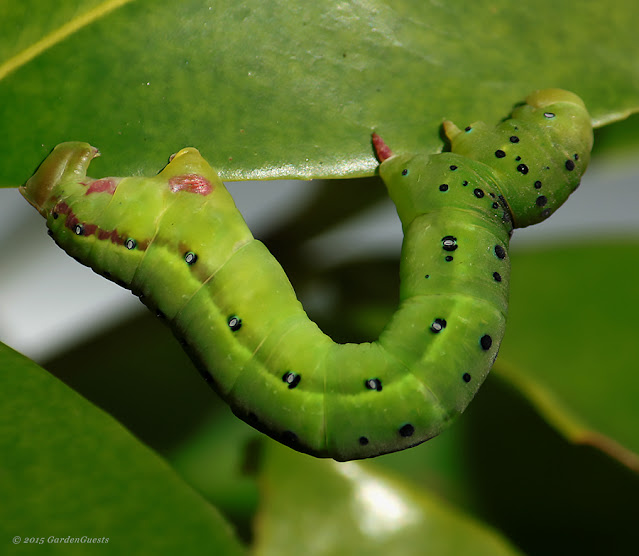
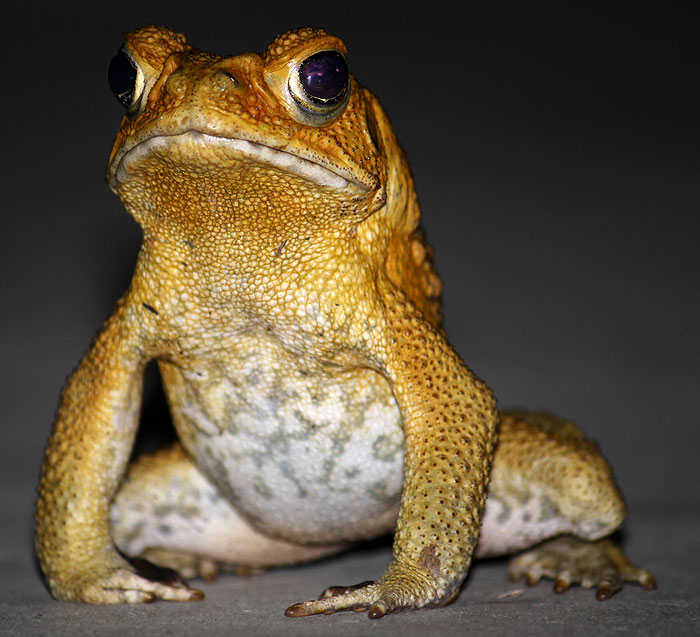
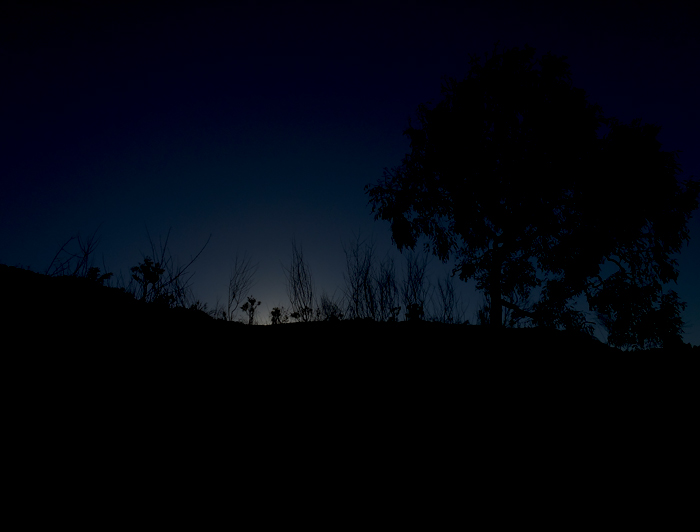
Comments
Like you, I love the bush to myself, and Maytown seems to be quite off the beaten track, so do you think even in June and July (when the weather would be so perfect!) it would actually get "crowded"? Or do you mean by crowded, you might bump into another vehicle?!!
Its remarkable how quickly after we've left a region that we've endeavoured to tame that the bush reclaims it and it sinks back into entropy.
... BUT, that's me.
It's a brilliant place.
And one that I'd encourage loads of people to enjoy ... I just don't want to be there when they do (If that makes sense) :)
Cheers Linda.
And lovely illustrations.
I have visited Maytown, the North Palmer River and travelled the Old Coach Road through to Laura as well as trekked into Hells Gate several times.
Your sampling of history and your comments on same are as I have read elsewhere and concluded for myself.
Well done and thanks.
Trevor W.
Thanks for your stories on this occasion.
Roy S
Post a Comment